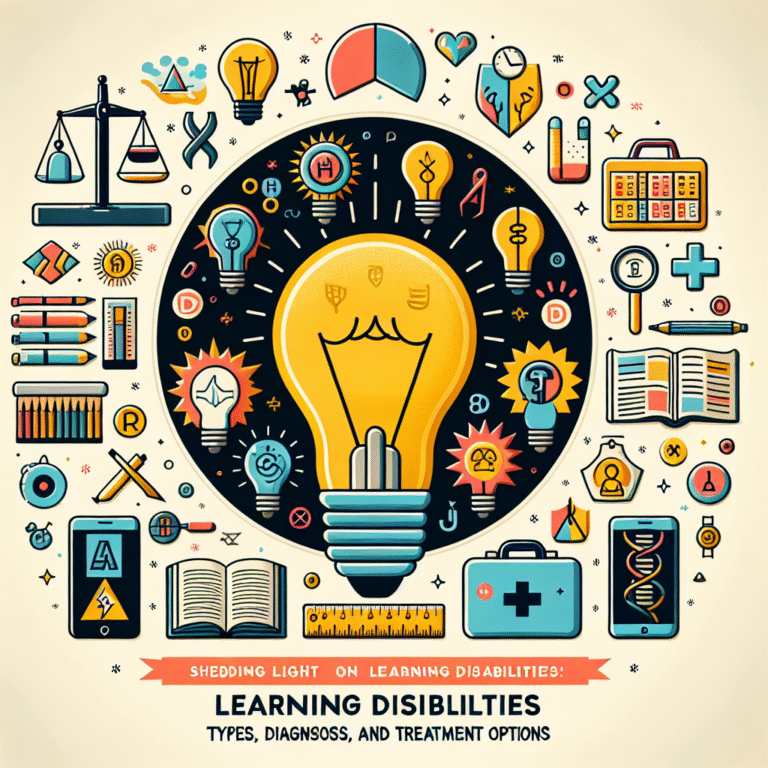
Introduction
Imagine a world where individuals emerging from incarceration reintegrate into society successfully, free from the cycle of crime. From Incarceration to Rehabilitation: Strategies to Reduce Recidivism Rates isn’t just a hopeful notion; it’s an urgent necessity. In the United States alone, nearly two-thirds of released prisoners are rearrested within three years. This alarming statistic underscores the pressing need for effective rehabilitation strategies that address the root causes of criminal behavior, equipping former offenders with the tools they need to lead productive lives. This article dives deep into innovative approaches and proven strategies aimed at reducing recidivism rates while exploring real-world applications.
The Challenge of Recidivism
Understanding Recidivism
Before discussing strategies, it’s essential to define recidivism. Recidivism refers to the tendency of previously incarcerated individuals to relapse into criminal behavior after serving their sentences. This phenomenon encompasses not only re-arrest but also re-conviction and re-incarceration. Factors such as lack of education, employment opportunities, mental health issues, and substance abuse significantly contribute to recidivism.
The Societal Impact
High recidivism rates pose significant challenges not only for individuals but also for families, communities, and the criminal justice system as a whole. Financial burdens on taxpayers, strained public resources, and the negative social stigma surrounding formerly incarcerated individuals hinder efforts toward effective reintegration. Therefore, reducing recidivism is not simply a justice issue; it’s a societal imperative.
Innovative Strategies for Rehabilitation
From Incarceration to Rehabilitation: Strategies to Reduce Recidivism Rates require a multi-faceted approach. The following sections explore various methods that aim to help individuals successfully transition back into society.
1. Education and Vocational Training
Case Study: The Bard Prison Initiative
The Bard Prison Initiative (BPI) exemplifies the profound impact of education on incarcerated individuals. This program provides college-level education to inmates, resulting in reduced recidivism rates. According to studies, participants in the BPI are 47% less likely to be re-arrested compared to their peers.
Importance of Education
Offering education and vocational training opportunities enables individuals to gain essential skills, enhancing their employability upon release. Programs that are tailored to the interests and abilities of participants can significantly reduce the likelihood of returning to criminal activity.
2. Mental Health and Substance Abuse Treatment
Case Study: The National Institute of Corrections’ Network
The National Institute of Corrections (NIC) implements programs addressing mental health and substance abuse issues among inmates. By providing access to mental health professionals and counseling services, the NIC has achieved notable success.
Why Treatment Matters
Addressing mental health and substance dependence is critical in breaking the cycle of re-offending. Integrated treatment programs that offer support during and after incarceration can help individuals manage their challenges effectively.
3. Restorative Justice Programs
Case Study: Common Justice
Common Justice is a restorative justice initiative that focuses on allowing victims and offenders to engage in dialogue leading to healing and accountability. Participants in restorative justice programs often demonstrate lower recidivism rates than those who undergo traditional punitive measures.
Benefits of Restorative Justice
Restorative justice promotes a sense of community and belonging while addressing the underlying causes of criminal behavior. It empowers individuals to take responsibility and enables victims to have a voice in the justice process.
4. Employment Opportunities
Case Study: The Center for Employment Opportunities
The Center for Employment Opportunities (CEO) provides work readiness training and job placement services specifically for formerly incarcerated individuals. Their program has shown remarkable success in reducing recidivism rates, with participants being 40% less likely to be rearrested.
The Role of Employment
Securing steady employment is vital in fostering a sense of purpose and stability. Employers’ willingness to hire formerly incarcerated individuals can greatly influence their reintegration success.
5. Housing Stability and Support
Case Study: Homeward Bound
Homeward Bound offers transitional housing and support services for incarcerated individuals returning to their communities. They report that 75% of their program participants remain crime-free after one year.
Stable Housing’s Impact
Having a stable place to live is crucial for successful reintegration. Housing stability reduces stress, allowing individuals to focus on finding employment and rebuilding their lives.
6. Community Engagement and Support Networks
Case Study: The Fortune Society
The Fortune Society provides comprehensive support services, including mentorship programs and community engagement initiatives. Their holistic approach ensures that individuals have access to a support network that encourages accountability and connection.
Building Community Ties
Strong community ties and support networks can reduce feelings of isolation and promote positive behavioral changes. Engaging community members in the rehabilitation process fosters a shared commitment to reducing recidivism.
The Role of Policy and Legislation
Advocating for Systemic Change
Policies that prioritize rehabilitation over punishment must be enacted at local, state, and federal levels. Legislative reforms aimed at reducing mandatory sentencing, decriminalizing minor offenses, and increasing funding for rehabilitation programs are essential.
Investing in Data and Research
Ongoing research and data collection play critical roles in understanding the effectiveness of various programs. Investing in evidence-based practices helps ensure that taxpayer dollars are spent on initiatives that yield tangible results in reducing recidivism rates.
Conclusion
The transition from incarceration to rehabilitation: strategies to reduce recidivism rates not only plays a pivotal role in improving the lives of former offenders but also benefits society as a whole. By implementing education and vocational training, mental health resources, restorative justice programs, and employment support, we can create pathways toward a more inclusive and rehabilitative justice system.
A Motivational Takeaway
As we envision a future with fewer individuals falling prey to the cycle of recidivism, let us focus on creating opportunities for healing and growth. This journey requires collaboration among policymakers, nonprofits, businesses, and community members. It’s time to move from a punitive approach to one centered on rehabilitation and reintegration. Together, we can break the cycle and usher in a new era of opportunity for all.
FAQs
1. What is recidivism, and why is it a concern?
Recidivism refers to the tendency for previously incarcerated individuals to relapse into criminal behavior. It’s a concern because high recidivism rates indicate failure in rehabilitation and significant societal costs.
2. How do educational programs help reduce recidivism?
Educational programs provide inmates with necessary skills and knowledge, making them more employable and reducing their likelihood of returning to criminal behavior.
3. What role does mental health play in recidivism?
Mental health challenges can contribute to criminal behavior. Addressing these issues through therapy and support programs can significantly reduce recidivism rates.
4. How can communities support formerly incarcerated individuals?
Communities can support reintegration by creating job opportunities, offering mentorship programs, and fostering environments that promote acceptance and understanding.
5. What are some effective policy changes to reduce recidivism?
Effective policy changes include increasing funding for rehabilitation programs, enacting criminal justice reforms, and prioritizing restorative justice initiatives.
Closing Thoughts
The journey from incarceration to rehabilitation: strategies to reduce recidivism rates is not just a call to action but a movement toward a more just society. By exploring and investing in these proven strategies, we can create a future where second chances are not merely a goal but a reality. Let’s work together to transform lives and communities, ensuring that every individual has the opportunity to thrive.














